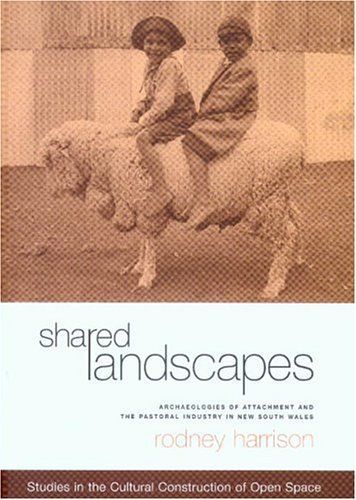
Shared Landscapes Archaeologies of Attachment and the Pastoral Industry in New South Wales
The heritage of the pastoral industry stands as an integral symbol of identity for rural communities - both black and white - in New South Wales. Modern changes in pastoral land management, infrastructure and technology, combined with broader land-use changes and increased community interest in the conservation and rehabilitation of former grazing lands, has meant that many former pastoral properties have been abandoned or acquired for other uses. Tracking the history of these land-use changes, "Shared Landscapes" presents new ways of understanding historic heritage in settler societies through cross-disciplinary case studies that examine the heritage of the pastoral industry in two national parks. Assessing its current state of interpretation and management in New South Wales, Rodney Harrison shows that pastoral heritage is more than just 'woolsheds and homesteads', the showpieces of white, male, settler-colonial economies. Pastoral heritage is the product of the mutual histories of Aboriginal and settler Australians. It is a form of heritage that is both in, and a part of the landscape. His 'archaeological' approach to the heritage of the pastoral industry involves both recording sites and revealing attachments to community heritage, demonstrating that writing shared histories and celebrating shared heritage has the creative power to reconcile Aboriginal and settler Australians in powerful and positive ways.